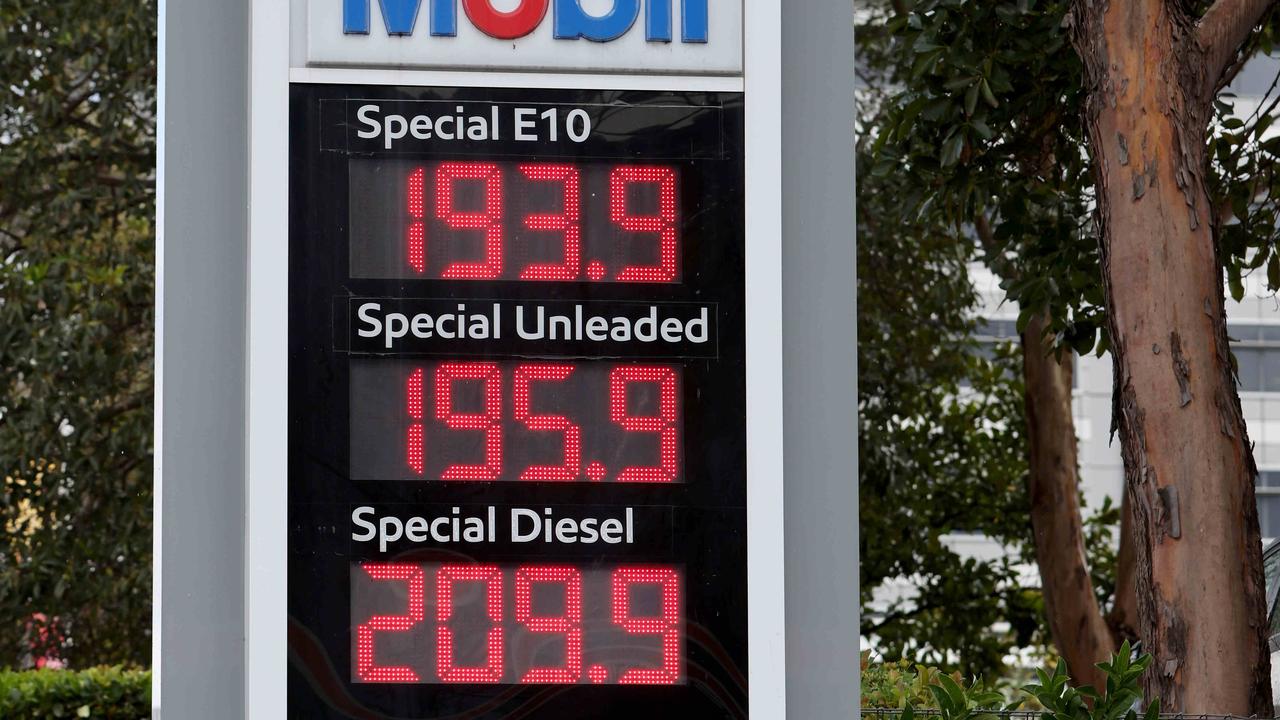The recent meeting by the US Federal Reserve has thrown an interest rate spanner into the works of global markets.
Gone is the presumption of seamless rate cuts in 2024 to continue the ‘soft landing’ in the economy. In its place is a mantra of “higher for longer” for interest rates.
One primary reason is the price of oil.
Since the July OPEC (Organisation of the Petroleum Exporting Countries) meeting, the oil price has stacked on $20 per barrel. This has ripped away the hope that inflation had peaked in developed economies:
If this persists, the US Federal Reserve will likely raise its interest rates again in November because high oil is not the headwind for the US economy it once was.
Indeed, after the shale oil revolution, oil price rises are a tailwind. Higher oil lifts profits, investment and employment as drilling rigs roll out to cash in.
For the Fed, this shifts the oil price spillovers from headline inflation to core inflation as the labour market strengthens.
Australia and oil
Oil will also add to headline inflation in Australia. Indeed, the oil price in AUD is near record highs already:
However, there are several reasons why the Reserve Bank of Australia is more likely than the Fed to “look through” the oil price and keep its hand off the interest rate lever.
The first is that although Australian gas exports benefit from a higher oil price (because their contracts are priced as a ratio to oil) there will not be a supply response. Aussie gas supply is tapped out.
Also, the east coast gas cartel is overwhelmingly foreign-owned and grotesquely undertaxed so that the profits will go straight offshore.
Second, oil works like a foreign-owned consumption tax. It will dent broader consumption as more household income goes to paying for travel.
Third, Australia has considerably less industry than the US does. So, the oil price has fewer spillovers into producer prices.
Fourth, the RBA is more focused on core inflation than it is headline. Core inflation is falling steadily, and it is most sticky in services, which are much less oil-intensive than manufacturing.
How high will it go?
The oil price is running higher mostly because OPEC is holding so much of it off the market. Most analysts are projecting a global oil shortfall of about 3mb/d in the last quarter of 2023. Yet OPEC has over 5mb/d in spare capacity.
This gambit is run largely by Russia whose shipments are falling anyway, and it would like a higher price. And by Saudi Arabia, seemingly to get the attention of the United States so that it agrees to new security guarantees.
So, it is geopolitics, not fundamentals, that are driving the oil price, and it could reverse quickly. Conversely, if geopolitics deteriorates, OPEC may cut even more.
More to the point, A supply shock within an inelastic market like oil can only be balanced by the price going high enough to destroy demand. That kicks in at $95-100 per barrel.
So, oil may overshoot to $110 unless the geopolitical environment improves.
If it does spike, oil will also end the global economy expansion, and OPEC will have shot itself in the foot.
David Llewellyn-Smith is Chief Strategist at the MB Fund and MB Super, founding publisher and editor of MacroBusiness and was the founding publisher and global economy editor of The Diplomat, the Asia Pacific’s leading geopolitics and economics portal. He is the co-author of The Great Crash of 2008 with Ross Garnaut and was the editor of the second Garnaut Climate Change Review.

